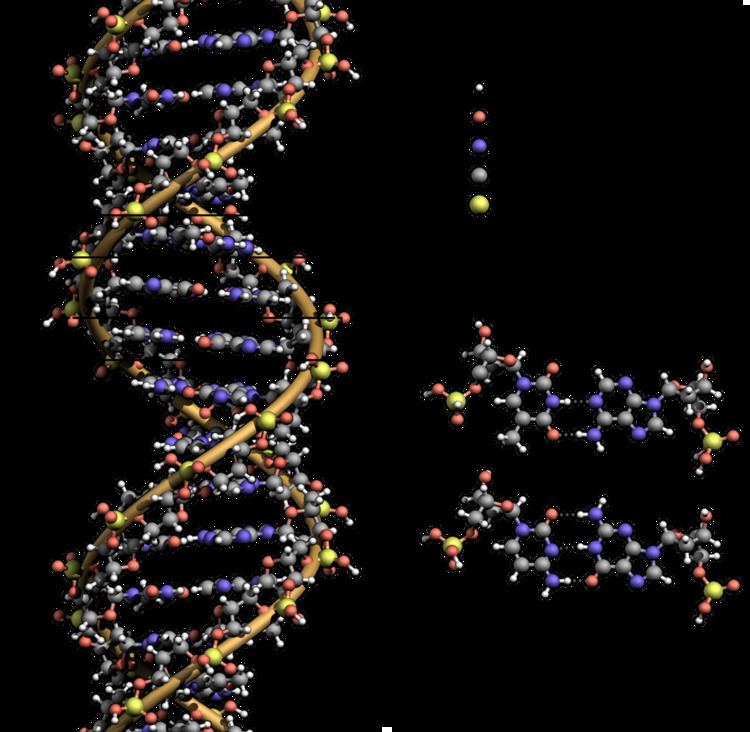The year 1953 involved numerous significant events in science and technology, including the first description of the DNA double helix, the discovery of neutrinos, and the release of the first polio vaccine.
Medicine and human sciences
February 13 – Christine Jorgenson, the first widely known American transsexual, returns to New York after successful sexual reassignment surgery in Denmark.
March 26 – Jonas Salk announces his polio vaccine.
May 6 – The first successful open heart surgery on a human utilizing a cardiopulmonary bypass pump ("heart-lung machine") is performed by John Gibbon at Thomas Jefferson University Hospital in Philadelphia when he repairs an atrial septal defect in 18-year-old Cecilia Bavolek.
August 18 – The second of the controversial Kinsey Reports on human sexuality, Sexual Behavior in the Human Female, is published in the United States.
September 4 – The discovery of REM sleep is first published by researchers Eugene Aserinsky and Nathaniel Kleitman of the University of Chicago.
Cincinnati psychiatrist Max Lurie and Harry Salzer coin the term antidepressant.
B. F. Skinner publishes the book Science and Human Behavior, a controversial attempt to apply the results of behavioral studies of laboratory animals to human psychology.
20 November – Authorities at the Natural History Museum in London announce that the skull of Piltdown Man (allegedly an early human discovered in 1912) is a hoax.
Frederick Reines and Clyde Cowan perform the first neutrino detection experiments, constructing the first neutrino detector (a cadmium-water target) and using the Hanford Site nuclear facility in Washington State as the neutrino source. This work, first discussed with Enrico Fermi and others in 1951–2, leads to the 1995 Nobel Prize in Physics.
September 16 – Epic film The Robe is released in the United States as the first widescreen anamorphic format movie, filmed in CinemaScope.
December 17 – The NTSC color television standard is agreed for the United States.
J. C. Bamford of England introduce the backhoe loader.
The Jet Propulsion Laboratory completes development of the SSM-A-17 Corporal I rocket. This is the first American surface-to-surface ballistic missile, powered by a liquid-fuelled motor utilizing nitric acid as the oxidizer.
January 13 – "Doctors' plot": The state newspaper Pravda publishes an article alleging that many of the most prestigious physicians in the Soviet Union, mostly Jews, are part of a major plot to poison the country's senior political and military leaders.
February 16 – The Pakistan Academy of Sciences is established.
October 9 – As part of an extended series of publications on science, Pope Pius XII publishes "The Technician", which instructs scientists to restrict themselves to the study of physical matter and do nothing to undermine the idea of a non-material soul or a Superior Being. "The Technician" is delivered as a papal address on October 9.
Rudolf Carnap publishes an article called "Testability and Meaning" in Readings in the Philosophy of Science, which moves away from the philosophical position of logical positivism with respect to science (particularly the heavily mathematical sciences, such as physics). Carnap instead emphasizes the idea that progress in science depends on the gradual accumulation of many small results that support human understanding of the world, a view more in line with Ludwig Wittgenstein's later philosophy and the biological sciences.
1953 Nobel Prize in Physiology or Medicine: Hans Adolf Krebs and Fritz Albert Lipmann
1953 Nobel Prize in Physics: Frits Zernike
1953 Nobel Prize in Chemistry: Hermann Staudinger
January 2 – Vincent Racaniello, American virologist.
January 17 – Ingeborg Hochmair (née Desoyer), Austrian electrical engineer.
January 25 – Mark Walport, English medical scientist and Government Chief Scientific Adviser (United Kingdom).
May 14 – Martin Page, English botanist.
May 15 – Athene Donald (née Griffith), English experimental physicist.
May 17 – Maria Petrou, Anglo-Greek artificial intelligence researcher (d. 2012).
August 16 – David Spiegelhalter, English statistician.
Pat Nuttall, British virologist and acarologist.
January 16 – Solomon Carter Fuller, African American psychiatrist (b. 1872).
February 25 – Sergei Winogradsky, Russian microbiologist (b. 1856).
April 17 – Sven Gustaf Wingqvist, Swedish engineer, inventor and industrialist (b. 1876).
April 22 – Jan Czochralski, Polish-German discoverer of the Czochralski process for growing crystals (b. 1885).
August 15 – Ludwig Prandtl, German physicist (b. 1875).
September 28 – Edwin Hubble, American astronomer (b. 1889).
September 30 – Lewis Fry Richardson, English mathematical physicist (b. 1881).
October 30 – Alice Eastwood, Canadian American botanist (b. 1859).
November 13 – Herbert E. Ives, American optical engineer (b. 1882).
1953 in science Wikipedia (Text) CC BY-SA

